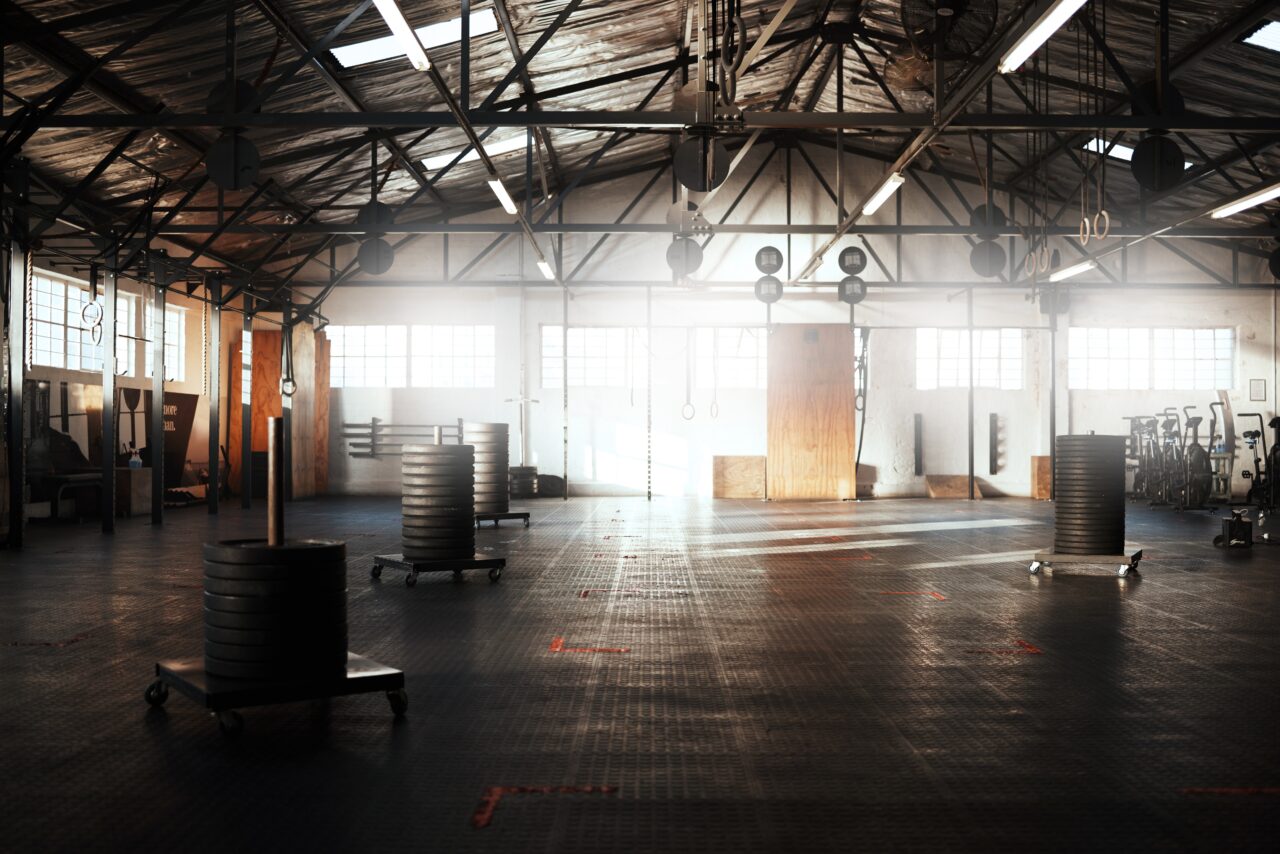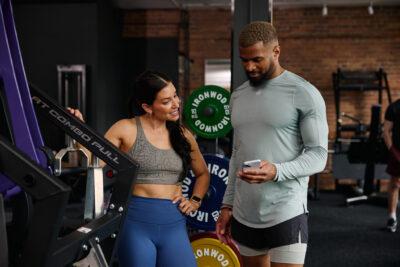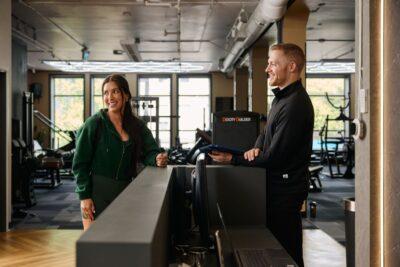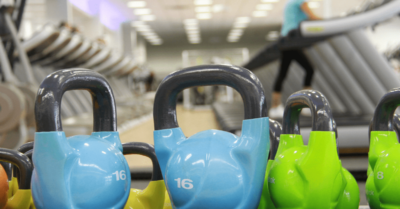Starting a new gym or expanding your current fitness facility is undoubtedly an exciting step to take. However, one of the biggest challenges you may face is designing a gym layout that works for you and your members. Proper space planning is crucial for the success of your gym, as it impacts the overall member experience, safety, and the variety of services you can offer. In this article, we will guide you through designing a gym layout, optimizing space for different activities, and planning for future growth.
Don’t have time for the full article? Here’s the summary:
- Understand Your Gym’s Space Needs: Tailor your space planning to the type of gym (boutique, full-service, or specialty) and specific member activities to ensure efficiency, safety, and satisfaction.
- Accurate Space Calculations: Allocate space based on member capacity and equipment requirements, ensuring enough room for cardio, strength training, group fitness, and amenities.
- Optimize for Activities: Design flexible and safe areas for different activities like cardio, strength training, group classes, and functional training.
- Plan for Growth: Future-proof your gym by creating scalable and adaptable spaces, and leverage ABC Glofox’s tools for effective space management and member satisfaction.
The Top 10 Barriers
Slowing Your Fitness
Business Growth
Discover more Understanding the Basics of Designing a Gym Layout
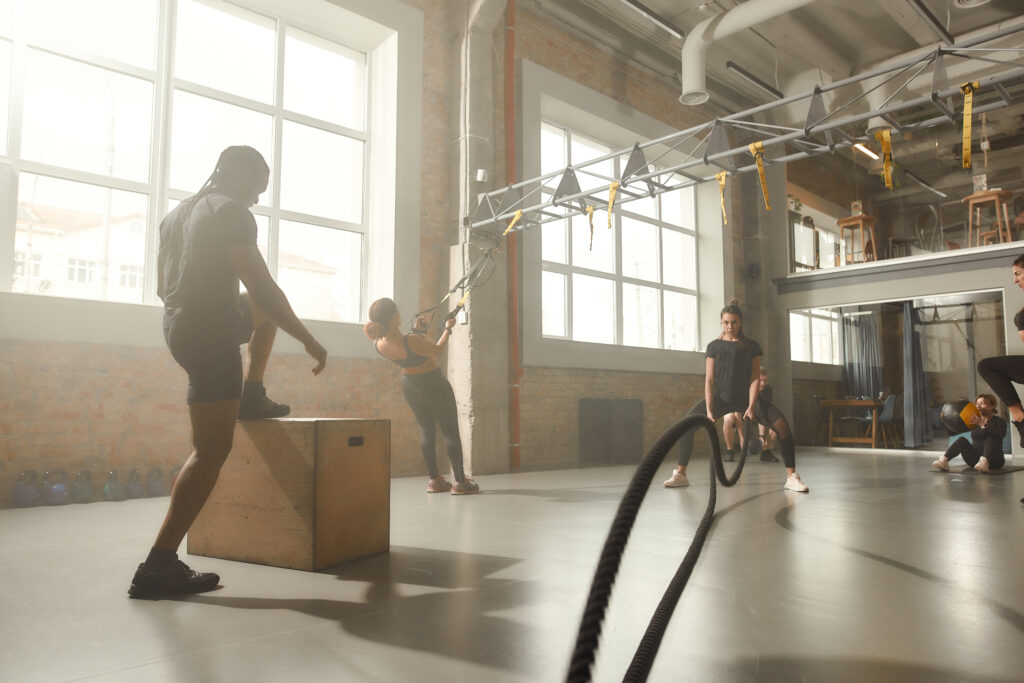
What Are Your Gym Space Requirements?
Essentially, gym space requirements refer to the amount of space you need for various activities and equipment in your fitness facility. These requirements depend on several factors, including the type of gym, the number of members, the types of equipment and classes offered, and the overall layout and design. Understanding these requirements helps ensure that your gym is efficient, safe, and enjoyable for all members.
Why Proper Space Planning Matters
Proper space planning is essential for several reasons:
- Efficiency: Well-planned spaces allow for smoother traffic flow and better use of equipment, reducing wait times and overcrowding.
- Safety: Adequate space between equipment and in high-traffic areas minimizes the risk of accidents and injuries.
- Member Satisfaction: A spacious, well-organized gym enhances the overall member experience, encouraging retention and attracting new clients.
- Cost: Make sure you don’t bite off more than you can chew by leasing too much space at too high a cost.
Different Types of Gyms and Their Space Needs
Boutique Studios

Boutique fitness studios are smaller, specialized gyms that focus on specific types of workouts, such as yoga, Pilates, or high-intensity interval training (HIIT). These studios typically require less space compared to full-service gyms but need careful planning to maximize their limited area.
With a boutique studio, be prepared to use your space efficiently. Understand if your members need lockers, changing rooms, or other amenities while also ensuring your studio space is welcoming, bright, and comfortable to be in. People usually pay more for a boutique studio, so they expect more in return. Be prepared to add a more high-quality experience to your space over larger gyms.
Typical Layout Designs for Boutique Studios
- Yoga/Pilates Studios: Each participant typically needs about 21 square feet. For a class of 15, you’ll need at least 315 square feet. If you’re a Pilates studio using reformer machines, you may need even more.
- HIIT/Circuit Training: These classes often require more space for dynamic movements. Plan for at least 40 square feet per participant.
How to Lay Out Your Boutique Studio
– Open Floor Plans: Maximize flexibility and accommodate various class formats while also using the most of the space available to you.
– Welcoming reception area: Ensure that people feel welcome and catered to the moment they step foot inside your studio. Use plants, bright colors, and modern designs to provide a quality experience from the first impression.
– Storage Solutions: Be economical with your space; not all studios need full changing room facilities, sometimes just some open lockers in the corner are enough. Don’t forget to also incorporate storage for mats, props, and equipment to keep the area tidy.
Full-Service Gyms

Full-service gyms (usually known as big box gyms) offer a wide range of facilities, including cardio and strength training areas, group fitness classes, personal training, and amenities like locker rooms and showers. These gyms require more space to accommodate diverse activities and larger member capacities.
Space Requirements for Full-Service Gyms
When it comes to designing the layout of your big box gym, remember that people are coming to your gym to work out in a comfortable, safe, and convenient area. Ensure that you’re not just pushing as much equipment into an area as possible to maximize revenue. Instead, take the time to make your gym a pleasant place to work out and be in. Here are the minimum requirements for different gym spaces you should consider:
- Cardio Area: Allocate about 50 square feet per cardio machine to allow for movement and safety.
- Strength Training Area: Plan for around 60-70 square feet per machine, including space for free weights and benches.
- Group Fitness Rooms: Each participant needs approximately 35 square feet for comfortable movement.
Here’s a basic rundown of what your gym might look like from a layout perspective. Remember that each location is different and you may need to provide a different layout. Essentially, however, you should remember that space, freedom of movement, and a level of privacy should be at the core of what you’re providing to your members.
For a gym with 5,000 square feet:
- Cardio Area: 500-750 square feet
- Strength Training Area: 1,250-1,500 square feet
- Group Fitness Rooms: 750-1,000 square feet
- Locker Rooms and Amenities: 1,000-1,250 square feet
The Top 10 Barriers
Slowing Your Fitness
Business Growth
Discover more Specialty Fitness Businesses
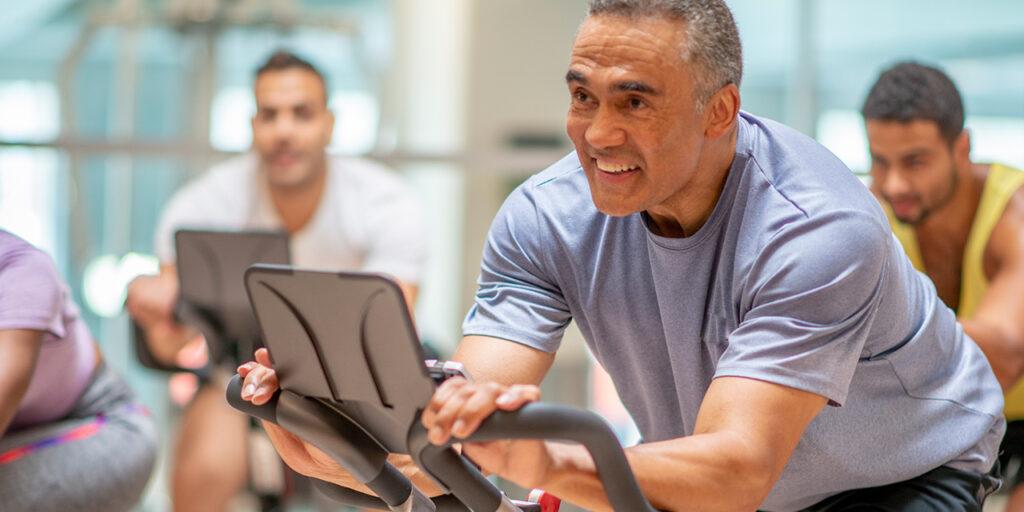
Specialty fitness centers focus on specific training methods, such as CrossFit, martial arts, or functional training. These gyms have unique space requirements to accommodate their specialized equipment and activities. These can be far more varied than conventional fitness studios or gyms. Ensure that you take the time to fully understand the needs of your members and the qualifications you’ll need to meet these needs.
Space Needs for Specialty Fitness Centers
CrossFit Gyms: These property types typically require open spaces with high ceilings for dynamic movements and equipment like rigs and ropes. Plan for at least 150-200 square feet per participant and for a lot of space for free air flow.
Martial Arts Studios: Although many martial arts studios provide different services, their essential equipment and space needs are relatively similar. Your studio will need clear, open areas for sparring and training along with a large padded area if you are doing any groundwork such as jiu-jitsu or MMA. Each participant should have at least 40-50 square feet to practice and exercise in.
Spin Studios: For bikes, you should have about 20 feet per member, but also factor in aisle room and a significantly larger amount of space for the instructor, lighting, and sound equipment.
Fail to Prepare, Prepare to Fail
Understanding the best way of designing a gym layout means a lot of planning and forward-thinking. As a gym or studio business owner, you need to have a 360-degree view of your fitness business and how you aim to bring in revenue. For example, you may think that your cardio space will be your main money-maker, but when you open you find that it’s actually the weight training that brings people in. Understanding your cash flow and how to best use your space can be the difference between success and failure.
But how do you gain a 360-degree insight into your fitness business?
ABC Glofox is a fitness platform that does just that.
We can help you:
- Understand your revenue streams, giving you long-term insights into how to maximize cashflow in your business
- Gain in-depth insights into your member behavior, letting you understand exactly what makes your space so popular in your community
- Build a vibrant community with automated messages, key event tracking, and appointment booking features that will help your members feel catered to and involved in your business growth.
How Komo Studio Boosted Their Business With ABC Glofox
KOMO studio is a pilates studio based in Hawaii. Founded by Joy Bitonio, she quickly realized upon founding her business that she needed a fitness platform that could give her the insights and support she needed to thrive. With ABC Glofox, she was able to give a more community-focused experience to her members, allowing her to understand exactly how to provide the best fitness service for them.
“I see Glofox as a holistic overall partner, not just as a booking platform but as a partner for our growth.”
Joy Bitonio, KOMO Studio
Want to build a community-focused and informed fitness business like Joy?
ABC Glofox is the partner for you

